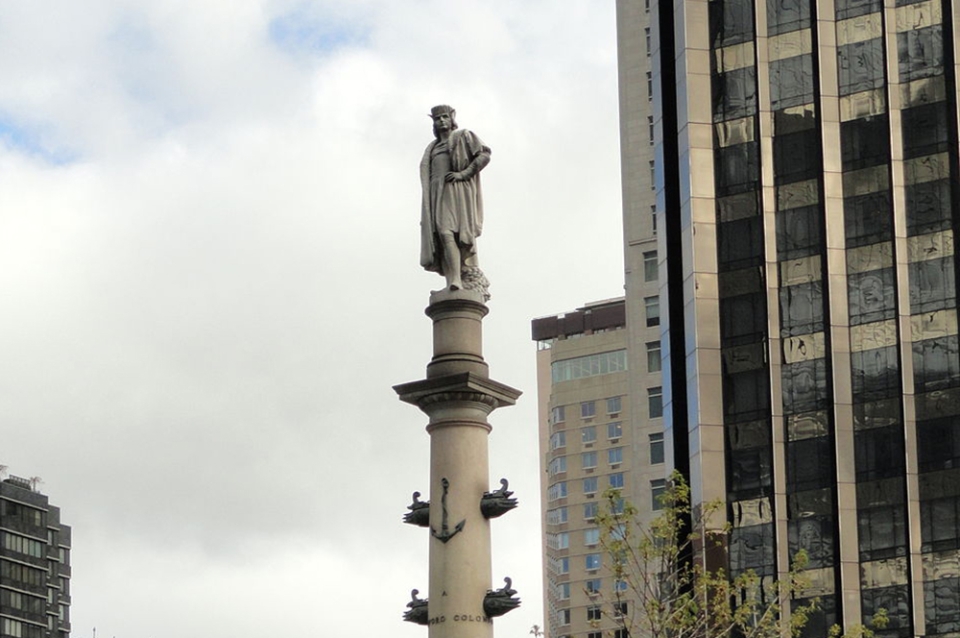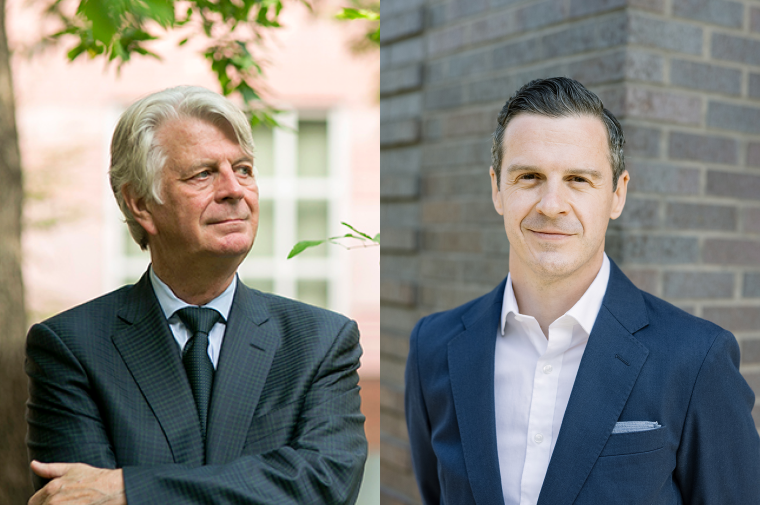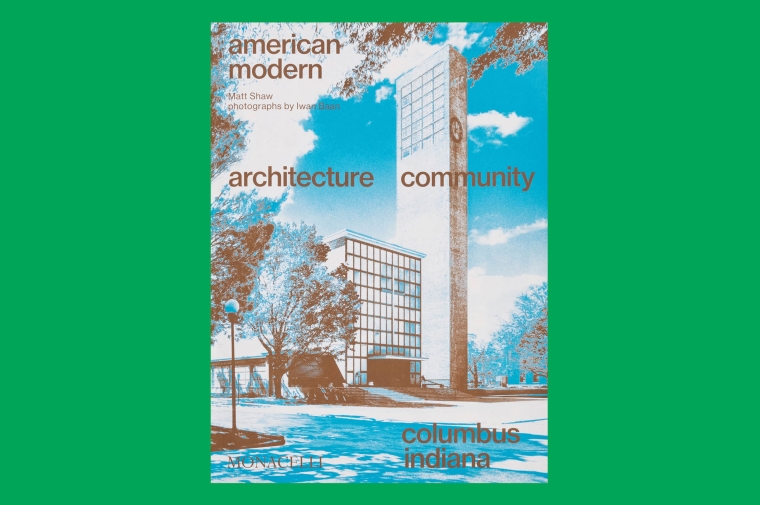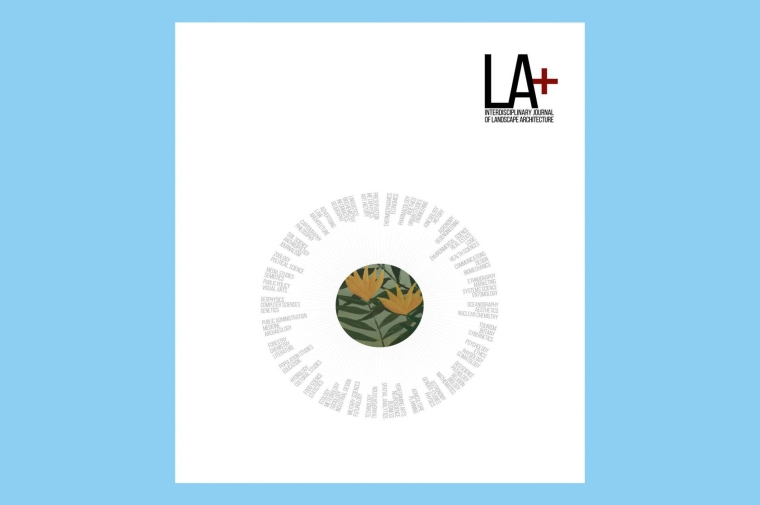February 8, 2018
Stuart Weitzman School of Design
102 Meyerson Hall
210 South 34th Street
Philadelphia, PA 19104
Get the latest Weitzman news in your Inbox
Media Contact
Michael Grant
mrgrant@design.upenn.edu
215.898.2539
After a tumultuous year of public debate about monuments and memorials, New York City recently released the findings of its Mayoral Advisory Commission on City Art, Monuments, and Markers. Among the authors of the findings was PennDesign alumna Amy Freitag (MLA’94, MSHP’94), who serves as executive director of the JM Kaplan Fund, a New York-based family foundation that supports social, environmental, and cultural causes.
Freitag and the other members of the commission were charged with developing recommendations for how the City of New York should address city-owned monuments and markers on City property, “particularly those that are subject to sustained negative public reaction or may be viewed as inconsistent with the values of New York City”—namely, diversity, equity, and inclusion.
The commission’s report offers a framework of principles to guide the conversation about municipal monuments, based on public input from community meetings held in each of the city’s five boroughs. It also includes recommendations specific to three public monuments and one marker. The statue of Christopher Columbus, a subject of increasing debate among New Yorkers in recent years, should remain in place at Columbus Circle, but with the addition of historical markers at the statue’s base. New York Mayor Bill de Blasio accepted the recommendation.
The report calls for a proactive approach to the City’s monuments, rather than an ad hoc and reactive decision-making process. It calls on officials to begin with a comprehensive assessment of the City's collection of public art and monuments in order to better understand what themes and narratives are represented, and which are ignored or excluded in the City’s public spaces. Based on this inventory, the commission also recommends that the City commission new monuments and artworks, both temporary and permanent, to rebalance the public collection in a more representative and equitable way. In releasing the commission’s report, Mayor de Blasio announced that the City’s Department of Cultural Affairs is commiting up to $10 million in capital funds over the next four years to create new permanent artwork honoring various communities that are underrepresented on City property.
According to the commission, the City should also create new educational partnerships and interpretive channels to foster more dialogue and deeper engagement between the public realm and the public.
The commission’s members represented a broad range of disciplines, including history, art and antiquities, public art and public space, historic preservation, cultural heritage, diversity and inclusion, and education—a roundtable of backgrounds that Freitag praises for its “very rich and, at times, provocative discussions.”
The publication of the final report does not mark the end of the debate about city-owned monuments in New York City; indeed, some of the monuments mentioned in the Commission’s report remain in contention. Nevertheless, the report expresses the hope that the framework, principles, and recommendations offered will contribute to a more diverse and inclusive public square.
Says Freitag, “My greatest hope is that New York City can stand as an example of a city that woke up to the importance of its public art collection and stayed vigilant to ensure the public realm is fully interpreted, debated, and expanded in ways that lift up a more inclusive set of histories and experiences. Imagine if all our neighbors had a monument that they could celebrate as part of their heritage. It could really enliven our city and the experience of our citizens.”


 Expand Image
Expand Image



